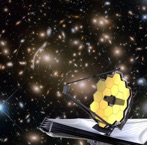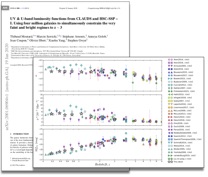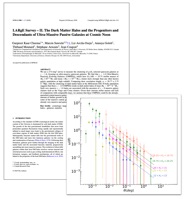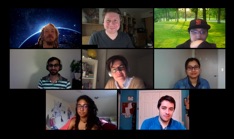

2020 January 22: Galaxy Luminosity Functions with 4 million galaxies out to redshift z~3
In this work we use our CLAUDS+HSC data to show that the shape of the UV luminosity function is remarkably stable, and that the evolution of the cosmic UV luminosity density (which we also measure) is driven almost entirely by the change in M*, the characteristic brightness of the galaxy population out to at least z~1.

2020 January 13-14: CLAUDS talks tour to UBC and NRC-Herzberg
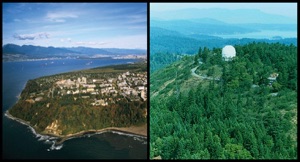

2020 February 28: Clustering of ultra-massive dead monsters at cosmic noon -- paper accepted by MNRAS
You can see the advance-access version of the paper in MNRAS by clicking here.

2020 March 18: The environments of dead monsters at cosmic noon -- paper accepted by MNRAS
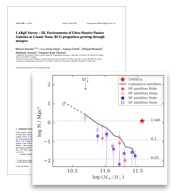

2020 May 18: AGN hardness ratios in green valley galaxies -- paper accepted by MNRAS
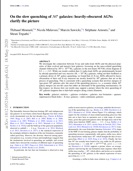
The paper will be appearing in MNRAS soon. In the meantime you can see the advanced version on arXiv here.

2020 July 24: GIRMOS has a logo!
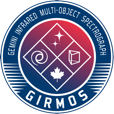
GIRMOS is a next-generation instrument now under development for the 8-metre Gemini observatory. GIRMOS will take AO-assisted spatially-resolved spectroscopy for up to four objects simultaneously, making it possible to carry out very large surveys and detailed surveys of objects in the distant Universe. Our role in the project is to develop the GIRMOS observation planning and data reduction software packages. To find out more about GIRMOS, click here.


Congratulations to Angelo for successfully defending his MSc thesis today! Angelo’s thesis, which was supervised by Ivana Damjanov and me, was on the evolution of morphologies of galaxies since z~0.9 in the field and in clusters. Only some minor corrections remain to do, and then Angelo’s off to officially start his PhD with us this September. Well done Angelo!

2020 October 7: The ICA annual report is out
2020 October 1: Nick joins the CANUCS team


2020 November 20: Group photo
Click on the image to expand.

2020 December 4: JWST postdoc positions
